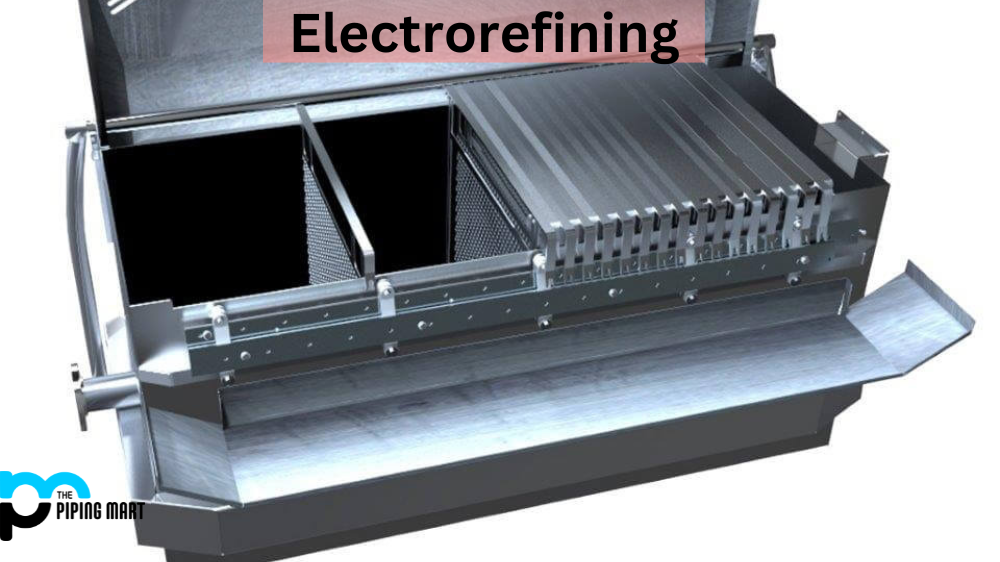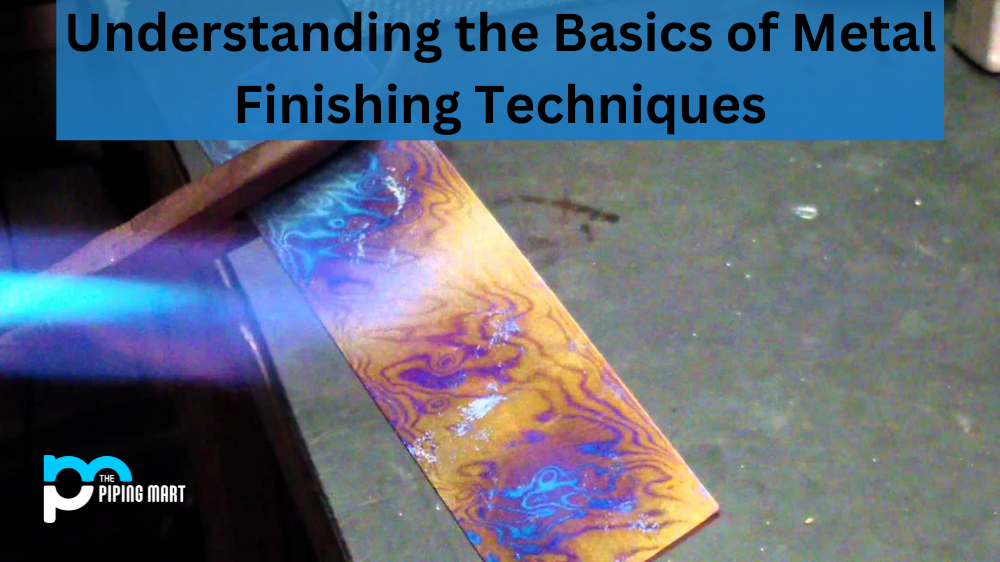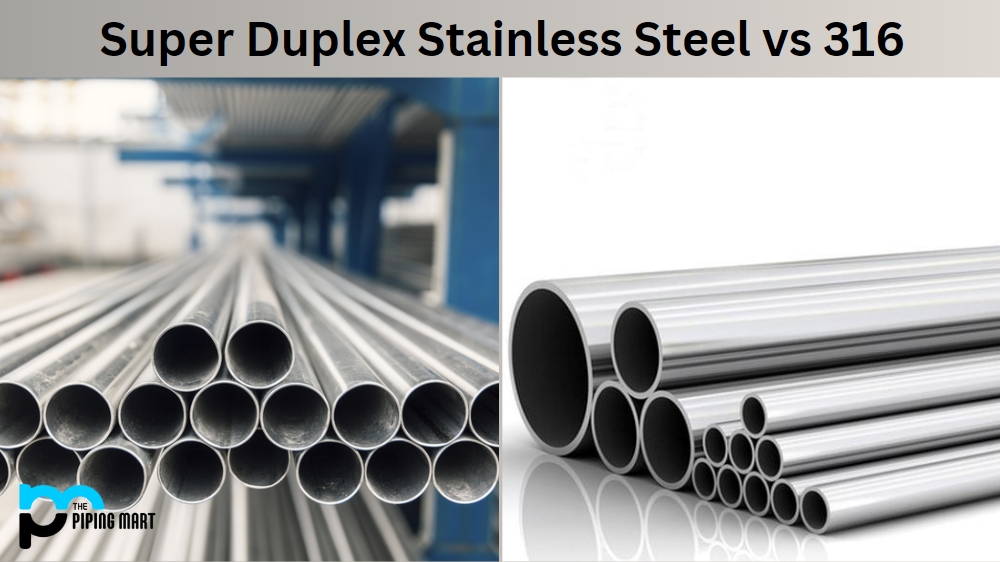Electrorefining is an import?ant process in the production of metals. It is a technique that can be used to purify impure metals and separate different types of metals from one another. In this blog post, we will take a closer look at electrorefining and discuss how it works and why it’s so useful.
What Is Electrorefining?
Electrorefining is a method of obtaining pure metals by passing an electric current through an electrolyte solution containing impure metal ions. During electrorefining, the impure metal ions are reduced at the cathode while they are oxidized at the anode. This process results in the separation of the desired metal from its impurities, resulting in a more pure form of the metal than what was initially presented.
Electrorefining process
The electrorefining process involves passing an electric current through an electrolytic cell containing a solution of metal salts and other impurities. As the electric current passes through the cell, it causes a reaction in which the metal ions move from one electrode (anode) to another (cathode). This movement results in a separation between the pure metal and its impurities, with the pure metal collecting at the cathode. This process can be used for both large scale commercial operations or smaller scale operations such as refining jewelry or coins made from precious metals.
The electrorefining process works by first dissolving the metal into an electrolyte solution by using acid or heat. Once dissolved into a liquid form, an electric current is applied to the solution causing it to separate into two parts; one which contains all of the pure metal particles (known as “drift”) which collects on one side of the cell, while all of its impurities are left behind on the other side (known as “dross”). The drift is then filtered out of the electrolyte solution and collected for further processing.
Electrorefining requires careful monitoring throughout each step in order to ensure that only high quality products are produced. As part of this monitoring process, technicians must check for any signs of corrosion or damage that may have occurred due to improper handling or storage during any part of the refining process. Additionally, they must also test samples regularly in order to ensure that they meet all necessary purity standards before being sent out for use or sale.
- The electrorefining process is used to purify metals.
- In the electrorefining process, a metal is placed in an electrolyte solution.
- An electric current is then passed through the solution, causing the metal to be deposited on the cathode.
- The impurities in the metal are left behind in the solution and are eventually removed.
- The electrorefining process can be used to purify copper, silver, gold, and other metals.
- The process is often used in conjunction with other methods, such as solvent extraction, to further purify the metal
Why Is Electrorefining Useful?
Electrorefining has many advantages over other methods of refining metals. For example, it produces higher purity levels than other methods, such as smelting or leaching, because it removes impurities more efficiently and quickly. Additionally, electrorefining requires less energy than other methods and has lower environmental impacts since fewer pollutants are released during this process. Also, electrorefining can be used for a wide range of metals, including copper, zinc, nickel, lead, and cobalt—making it a versatile method for simultaneously refining different types of metals.
Finally, in addition to being effective for refining metals, electrorefining can also be used to separate two different types of metal from one another—a process known as electrowinning or electrolytic refining. This further increases the versatility of this method since it can be used to produce alloys with specific compositions (i.e., mixtures) that aren’t available through other refining processes.
Conclusion
In conclusion, electrorefining is an incredibly useful process for producing high-purity metals or separating two different types of metal from one another. It’s efficient and cost-effective compared to other methods like smelting or leaching and has fewer environmental impacts due to lower energy usage and pollutant emissions. For these reasons and more, electrorefining is increasingly becoming the preferred method for obtaining purer forms of various metals. Aspiring chemists and engineers should familiarize themselves with this process so they can better understand how their work contributes to making our world cleaner and safer!

Meet Bhavesh, a seasoned blogger with a wealth of knowledge and experience. From metal products manufacturing to retail, Bhavesh has a diverse background in various industries and is dedicated to sharing his insights and expertise with readers.




